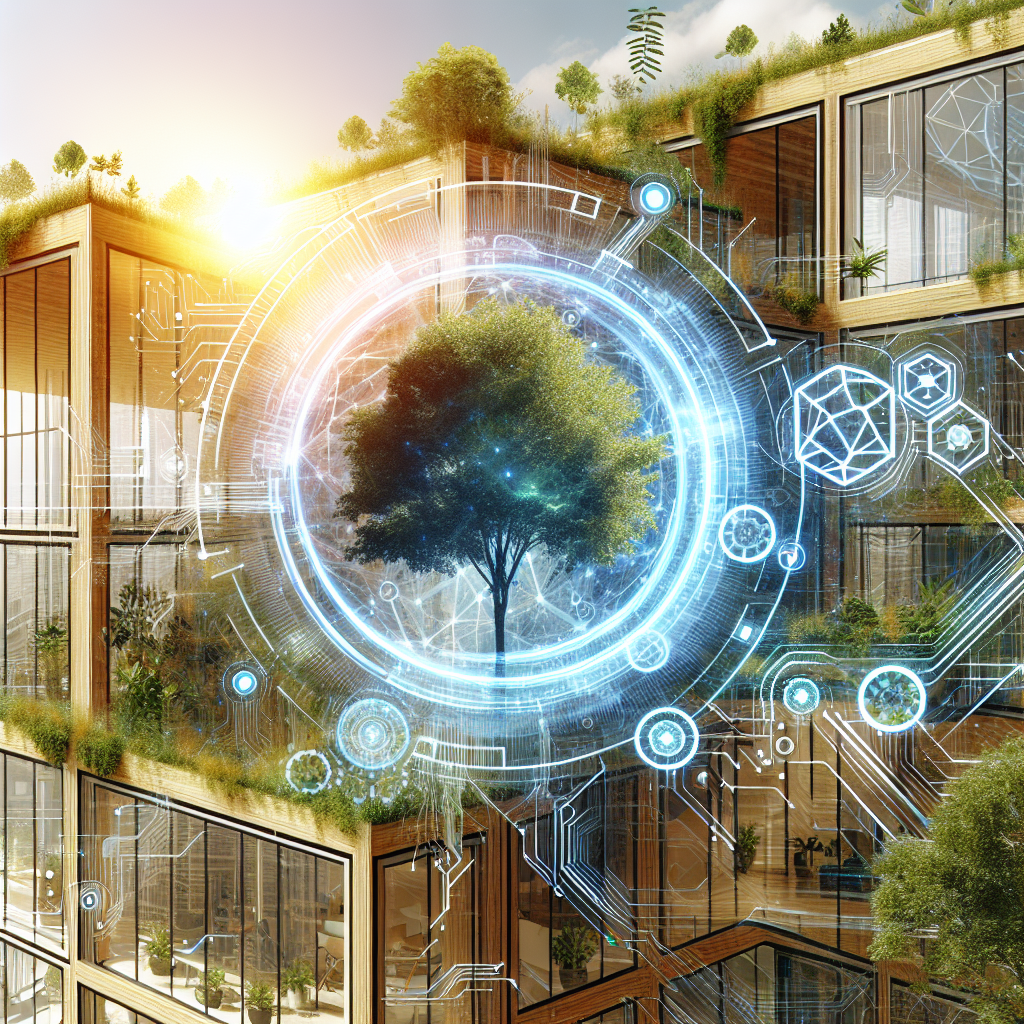AI and Biophilic Design: Enhancing Wellness in Architecture
In recent years, the field of architecture has seen a growing emphasis on incorporating biophilic design principles into building projects. Biophilic design is the concept of integrating nature and natural elements into the built environment in order to improve the health and well-being of individuals who inhabit these spaces. This approach has been shown to have a range of benefits, including increased productivity, reduced stress, and improved overall well-being.
With the rapid advancements in artificial intelligence (AI) technology, architects and designers are now exploring how AI can be used to enhance biophilic design and further promote wellness in architecture. By leveraging AI tools and algorithms, designers can create more sophisticated and responsive environments that better mimic the natural world and support the health and happiness of building occupants.
One of the key ways in which AI can enhance biophilic design is through the use of smart sensors and systems that monitor and adjust environmental conditions in real-time. For example, AI-powered HVAC systems can automatically adjust temperature and humidity levels based on occupancy patterns and weather conditions, creating a more comfortable and energy-efficient indoor environment. Similarly, AI-controlled lighting systems can mimic the natural rhythm of daylight, helping to regulate circadian rhythms and improve sleep quality.
AI can also be used to analyze data on user behavior and preferences to inform design decisions. By tracking how people interact with different spaces and elements within a building, designers can better understand what aspects of biophilic design are most effective in promoting wellness. This data can then be used to optimize future projects and create more tailored and personalized environments.
Furthermore, AI can be used to create immersive virtual environments that simulate natural settings and provide a respite from the stresses of urban living. Virtual reality (VR) and augmented reality (AR) technologies can be used to create virtual gardens, forests, or other natural landscapes within indoor spaces, allowing users to experience the benefits of nature even in urban environments.
In addition to enhancing the physical environment, AI can also be used to support mental health and well-being through the development of AI-driven wellness programs and interventions. For example, AI-powered chatbots and virtual assistants can provide support and guidance on mental health issues, offering resources and strategies for coping with stress and anxiety. These tools can be integrated into building design to provide continuous support to occupants and promote a culture of well-being within the space.
Overall, the integration of AI and biophilic design represents a promising approach to creating healthier and more sustainable built environments. By harnessing the power of AI to enhance natural elements and support wellness, architects and designers can create spaces that not only look beautiful but also promote the physical and mental well-being of their occupants.
FAQs:
Q: How does biophilic design benefit building occupants?
A: Biophilic design has been shown to have a range of benefits for building occupants, including improved mood, reduced stress, increased productivity, and enhanced overall well-being. By incorporating natural elements into the built environment, such as plants, natural light, and views of nature, biophilic design helps to create spaces that support the health and happiness of individuals who inhabit them.
Q: How can AI enhance biophilic design in architecture?
A: AI can enhance biophilic design in architecture by providing tools and technologies that allow designers to create more responsive and dynamic environments. By using smart sensors and systems, AI can help to monitor and adjust environmental conditions in real-time, creating a more comfortable and energy-efficient indoor environment. AI can also be used to analyze data on user behavior and preferences to inform design decisions and create more personalized and tailored spaces.
Q: What are some examples of AI applications in biophilic design?
A: Some examples of AI applications in biophilic design include AI-powered HVAC systems that automatically adjust temperature and humidity levels based on occupancy patterns and weather conditions, AI-controlled lighting systems that mimic the natural rhythm of daylight, and immersive virtual environments created using VR and AR technologies. AI can also be used to develop wellness programs and interventions that support mental health and well-being within the built environment.
Q: How can AI-driven wellness programs benefit building occupants?
A: AI-driven wellness programs can benefit building occupants by providing continuous support and guidance on mental health issues. Chatbots and virtual assistants powered by AI can offer resources and strategies for coping with stress and anxiety, helping to create a culture of well-being within the space. By integrating these tools into building design, occupants can access support and resources that promote their overall health and well-being.

